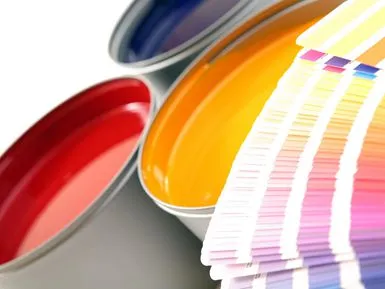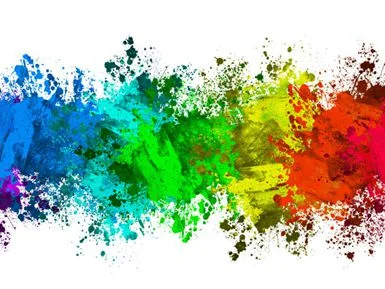Products
NEWS
 Four Types of Outdoor Banner Stands to Enhance the Appeal of Your Advertisements
Four Types of Outdoor Banner Stands to Enhance the Appeal of Your Advertisements
No matter if you run a small retail shop or a large department store, it is essential for every store to adopt brand advertising strategies to attract new customers. For locally-based stores, outdoor ...
Read More > Did You Know About Crystal Light Boxes?
Did You Know About Crystal Light Boxes?
Crystal LED light box, also known as acrylic light box, features side light guide design for even lighting. The transparent crystal frame is surrounded by gorgeous colors when the light box is illumin...
Read More > Poster Stand: It's Not About Watching the Scenery but About Being the Scenery
Poster Stand: It's Not About Watching the Scenery but About Being the Scenery
Aluminum poster stand is usually what we call aluminum poster display stand, generally used in the advertising field. Here are some brief introductions to the characteristics of aluminum poster stand....
Read More >Contact Us
Ultra-thin light boxes can be seen everywhere in our lives. There are ultra-thin light boxes in commercial centers or supermarkets. The light source of the light boxes directly affects the effect of advertising. The light sources of ultra-thin light boxes are divided into tubes and LEDs.
1. Tube light source
In the past, the light source of the ultra-thin light box was mainly a tube. Its advantage is that it is cheap and there is only one light source. The disadvantage is that the color gamut is monotonous, which cannot meet the current development trend, has a short service life, and has various disadvantages.
2. LED light source
LED light source is a relatively common light source in recent years. It has many advantages such as long service life and can meet the current development advantages. The disadvantage is that the purchase cost is relatively high, but the long-term average cost is lower than that of a desk lamp.
LED ultra-thin light boxes are generally used for light guide plates, but light guide plates can be divided into many types: laser dot matrix light guide plates, engraving line drawing boards, silk screen light guide plates, etc.
Silk-screen light guide plate: After the acrylic plate is processed, the light guide dots are printed on the surface by screen printing. The material of the dots has the function of refraction and high reflection light, and can change the direction of the light emitted from the side of the LED ultra-thin light box to flat light.
It has the dual effects of high refraction and high reflected light, good brightness, simple production process, easy to master, low production cost, and light guide plates from small to large sizes can be flexibly produced.
Engraving light guide plate: The engraving machine is used to engrave grooves or concave-convex dot matrix on the surface of the platen. When light is injected from the side of the platen, these seams or holes produce the effect of refracting light to the plane and refracting the light into plane light.
The light refraction effect is good, and the brightness is good. The investment is large, the production process is difficult to master, the production efficiency is low, the strength of the board after engraving will be destroyed, and the dust will be stored in the lines or holes of the LED ultra-thin light box.
Chemical etching method: According to the size of the backlight, the dots are made into a mold, and the pressure plate is corroded by a chemical method. The working principle is the same as the above. The light refraction effect is better, and the brightness is better.
Products with large investments and different sizes should have different molds. After the mold is formed, the size parameters of the dots cannot be modified. Otherwise, the mold opening cannot be successful at one time, otherwise the production process is difficult to master, and the large-scale LED ultra-thin light box light guide plate is difficult to manufacture.
This method is mainly for small LCD backlight products.
Direct injection method: According to the size and thickness of the backlight product, design points on the injection mold, and directly inject PMMA rubber particles into the light guide plate through the injection molding machine. The working principle is the same as that of the printing type, and the plane light uniformity is good. Use this method The LED ultra-thin light box light guide plate produced has no bottom surface, and the light is refracted to both sides on average.
Although the reflective paper can be attached to one side, the brightness is still low, the investment is large, and the craftsmanship is not easy to master.
Related Products
